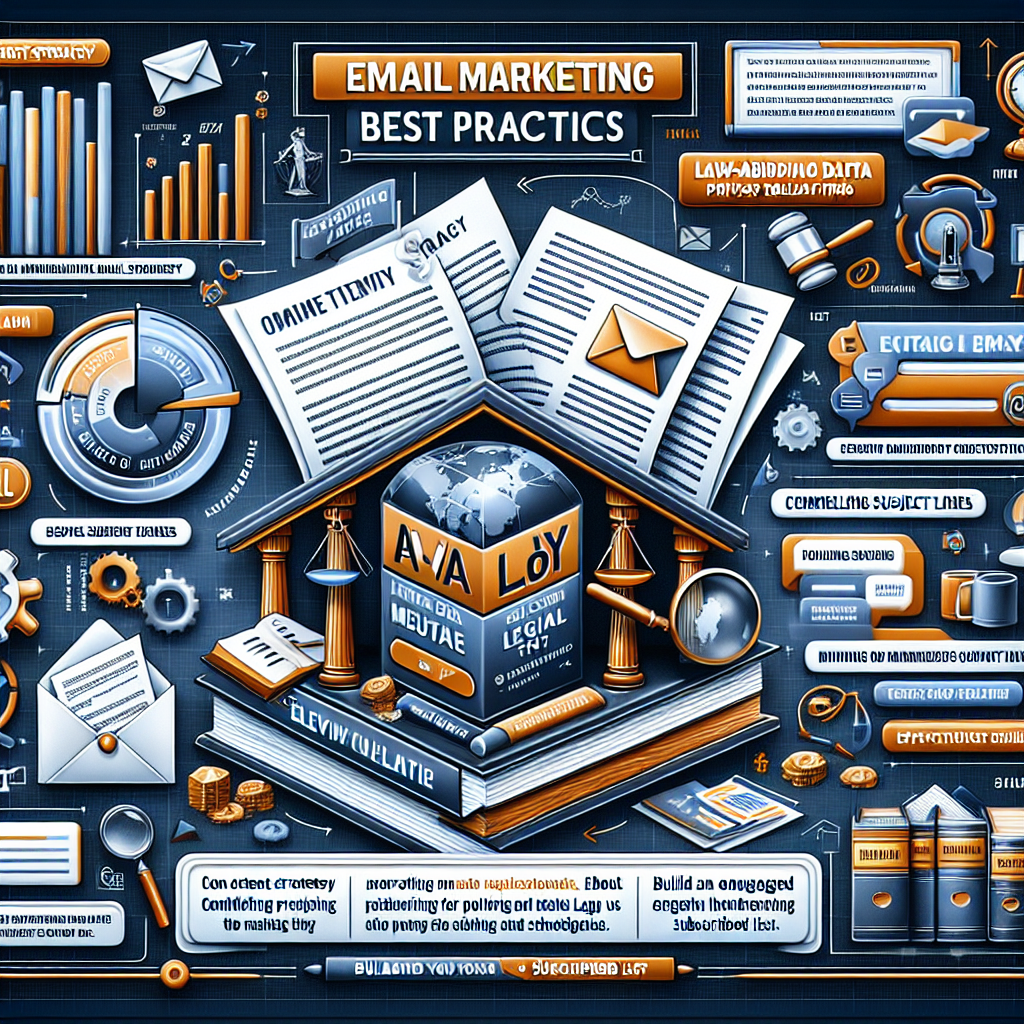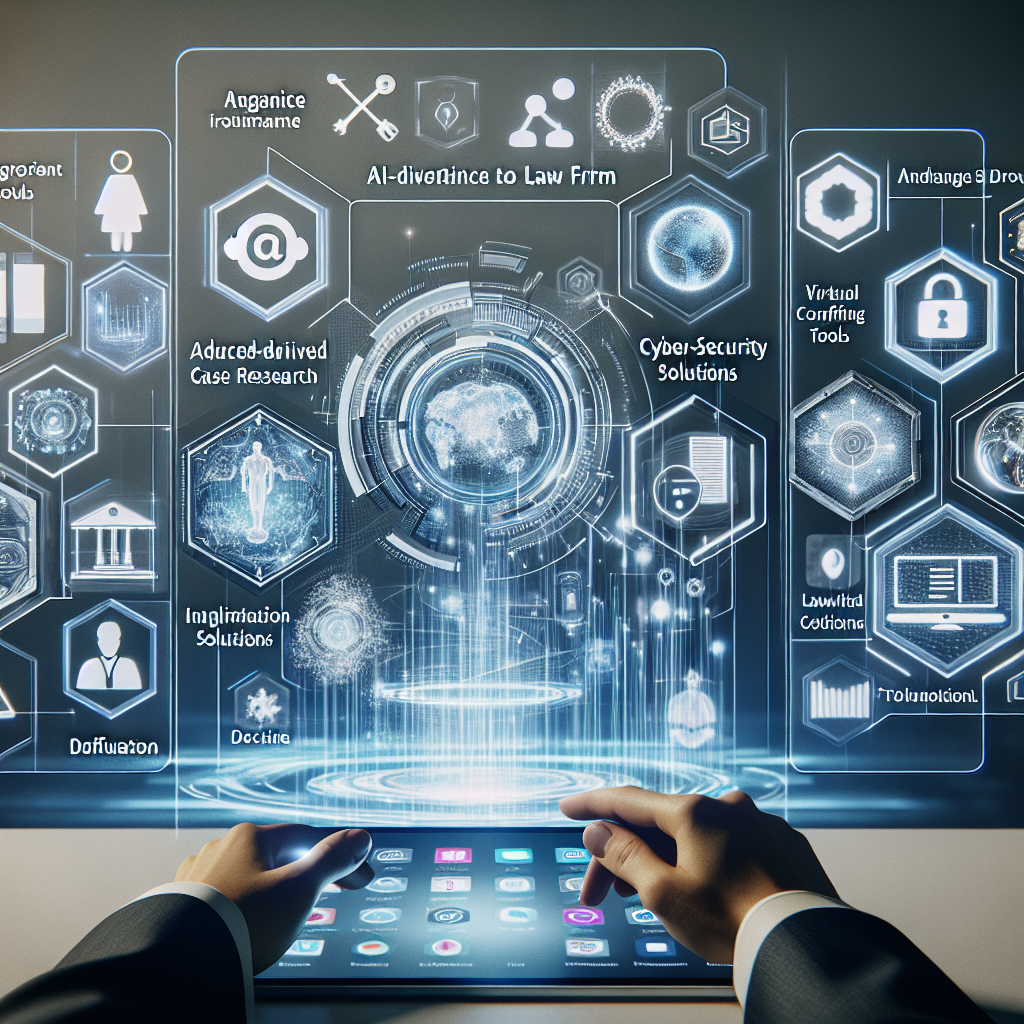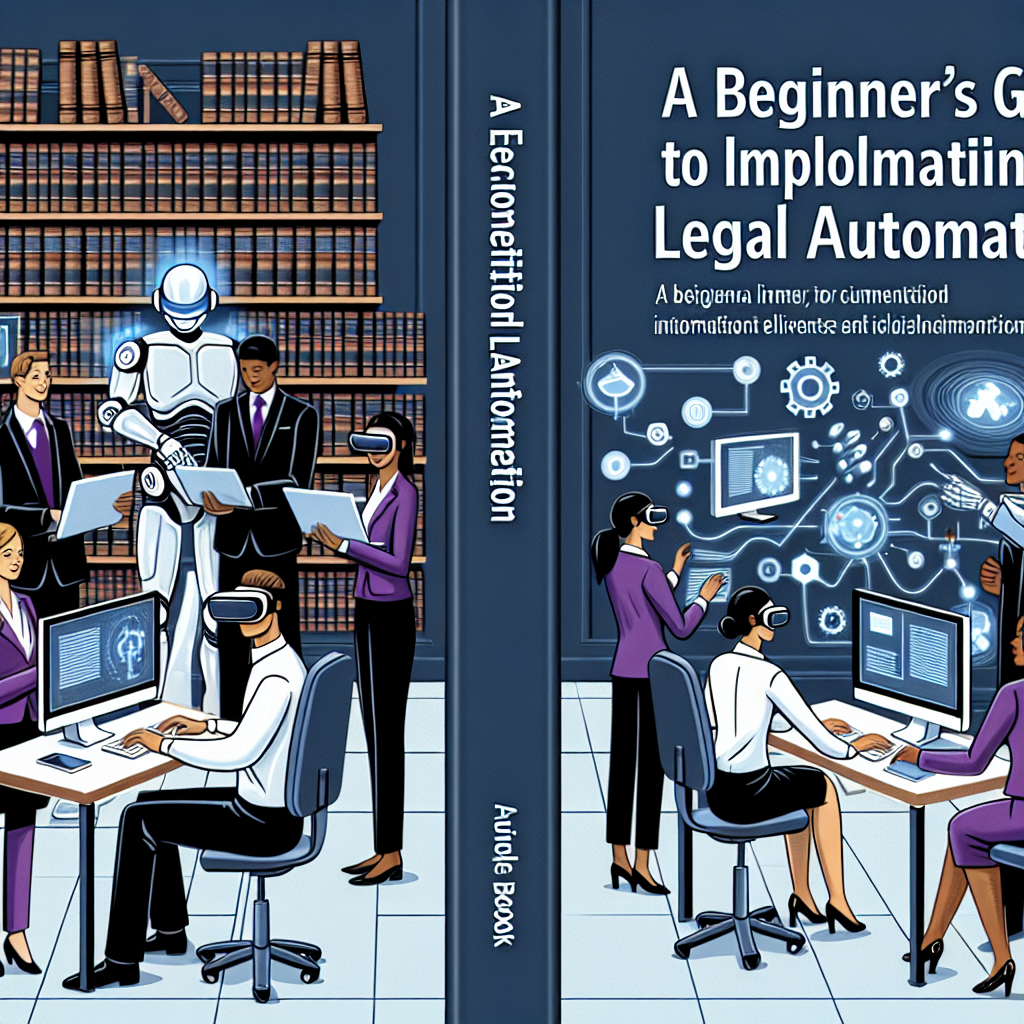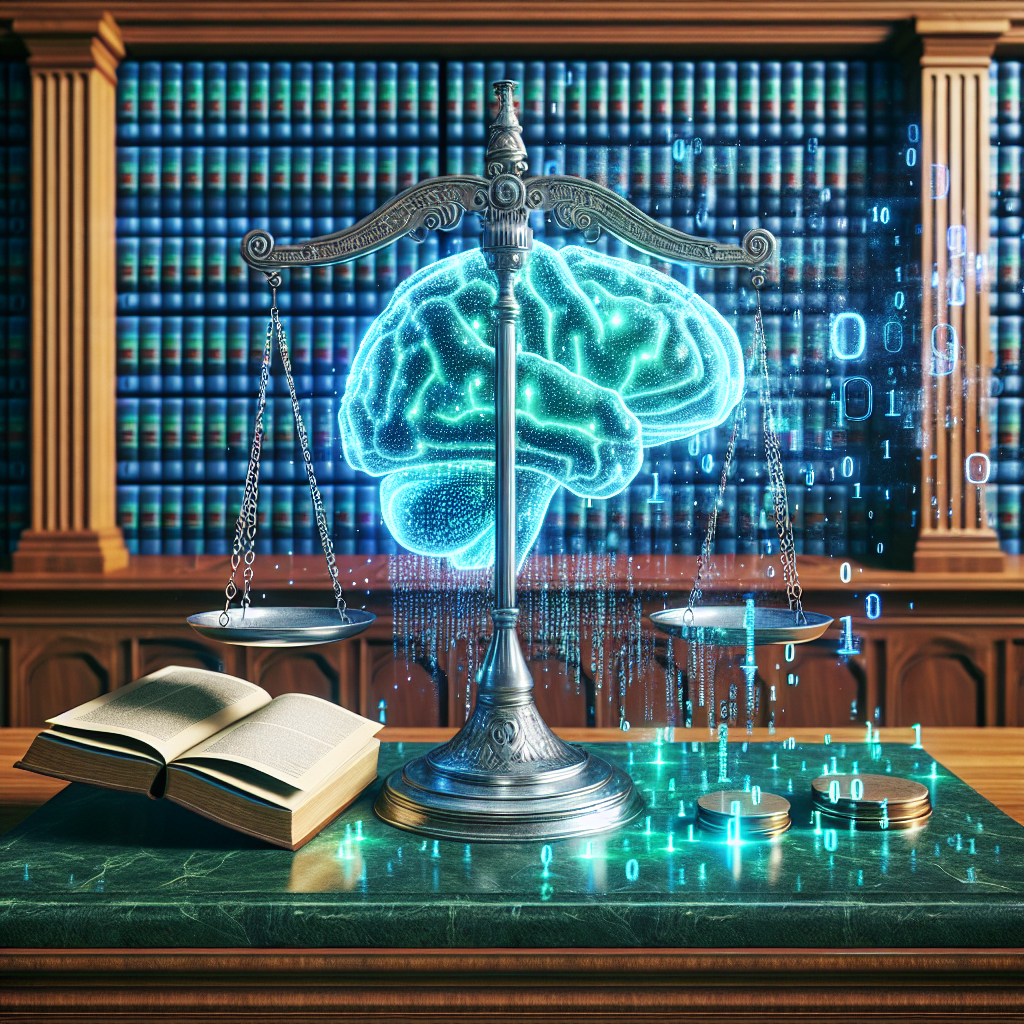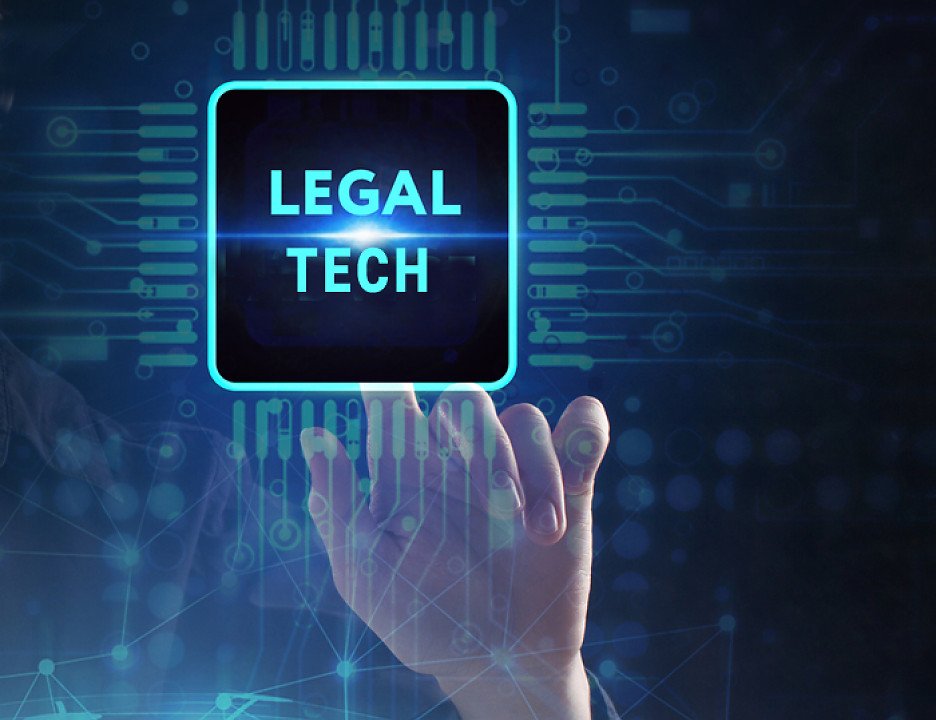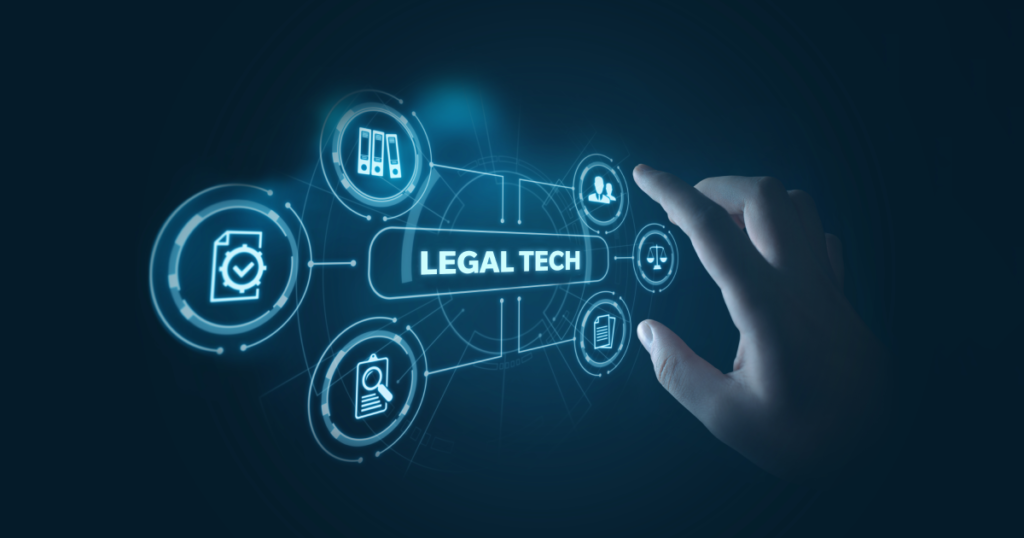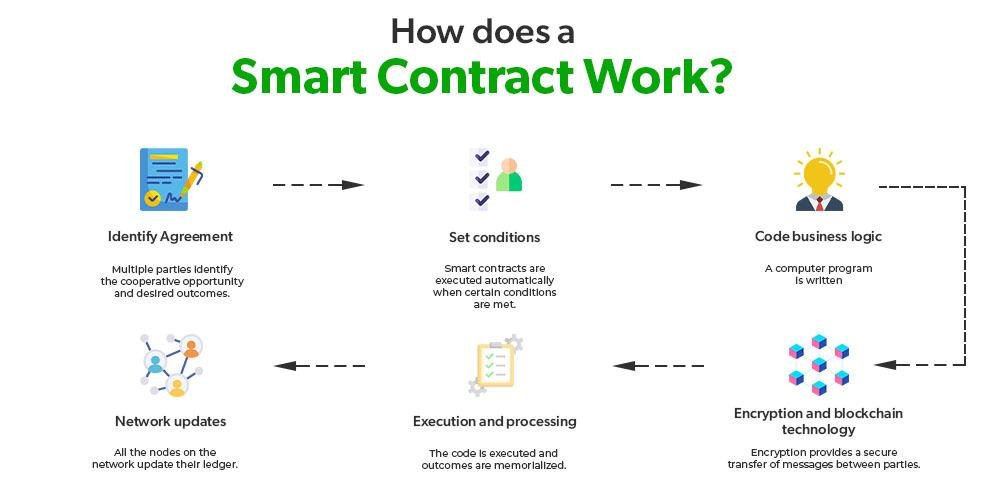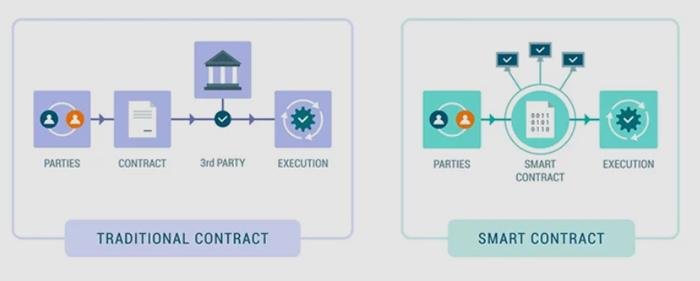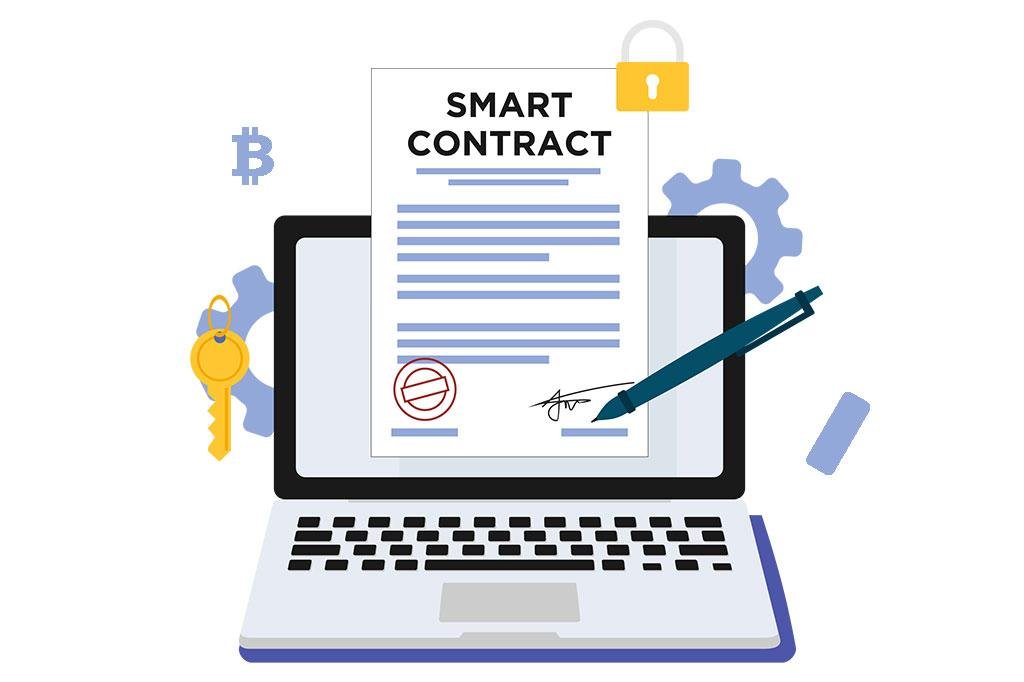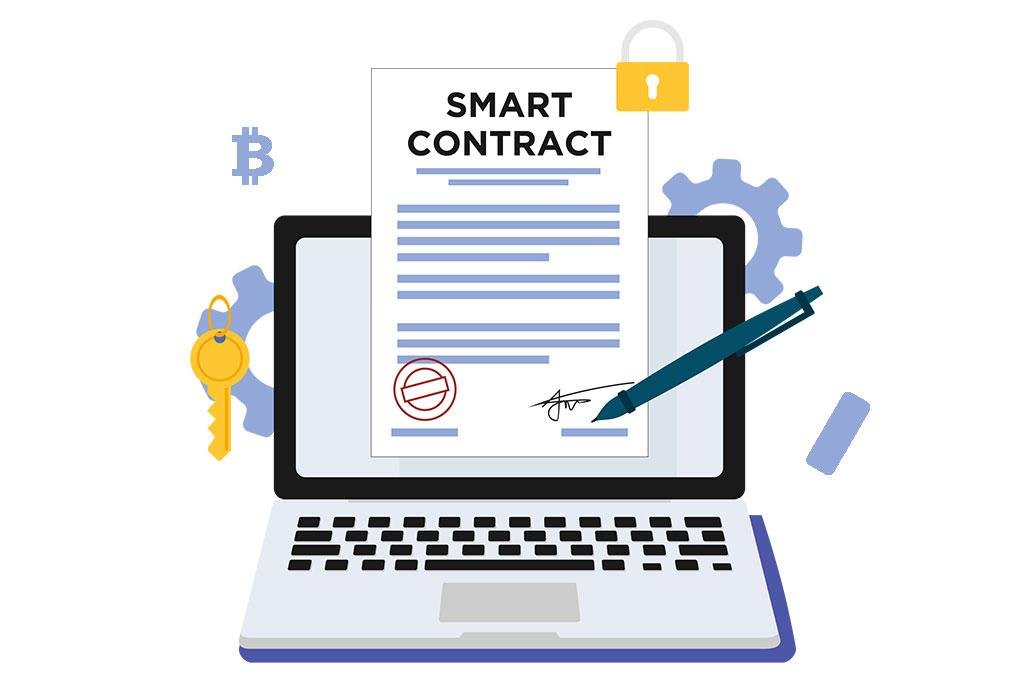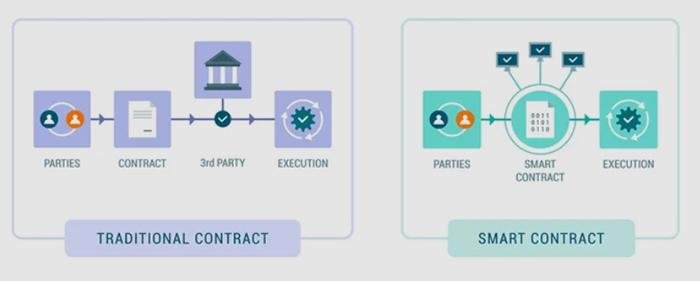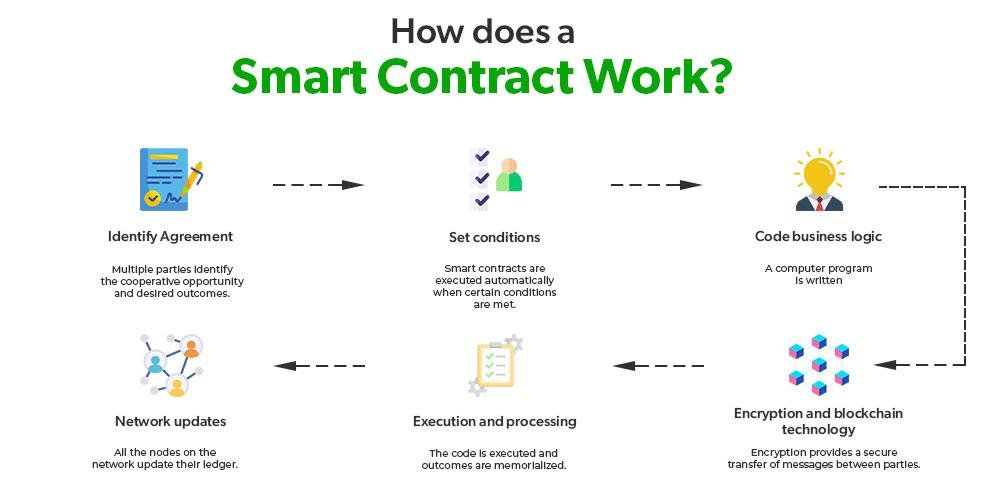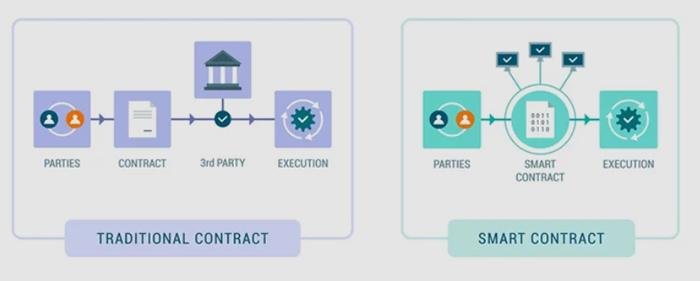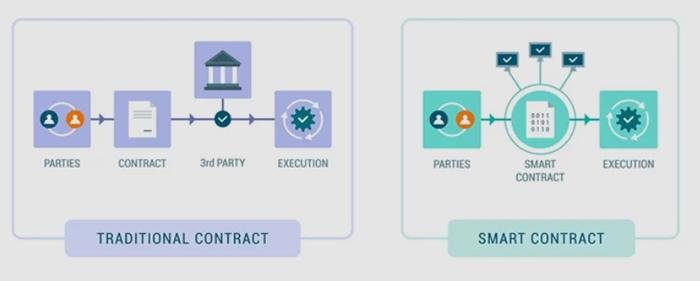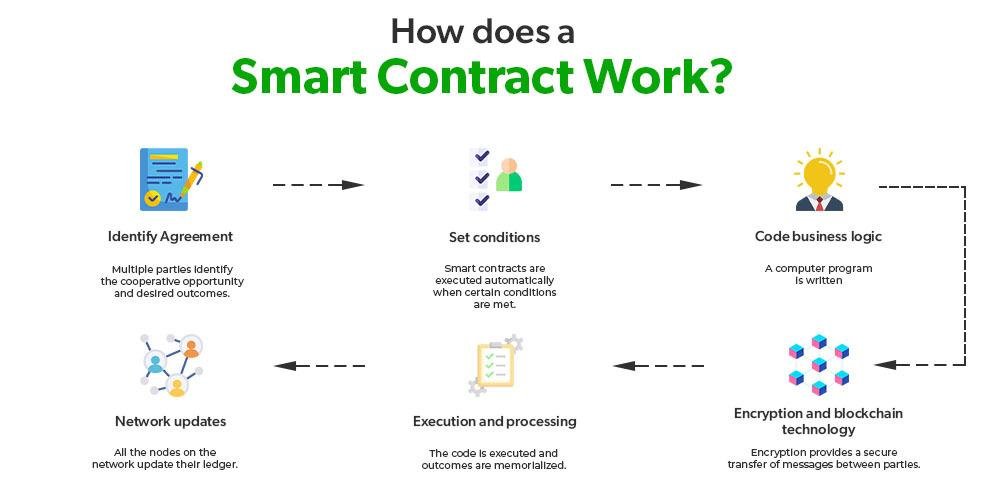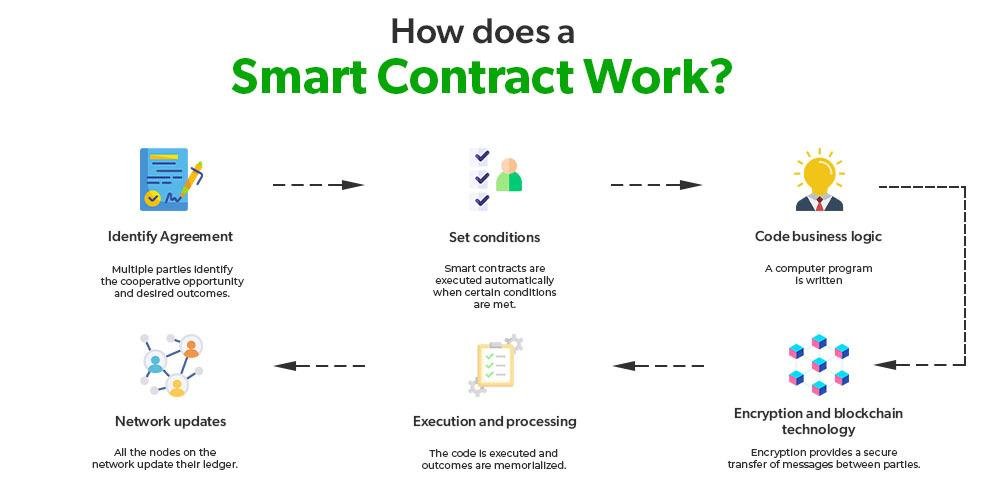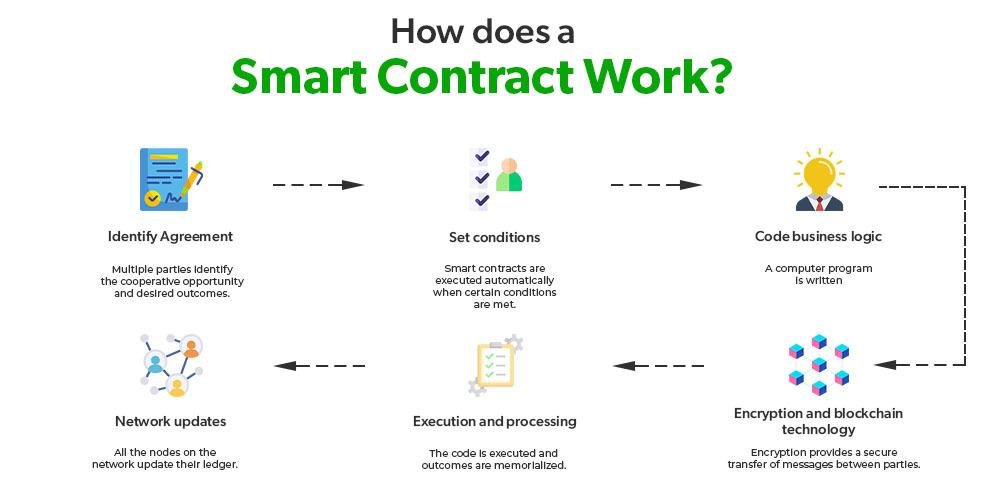The Impact of Machine Learning on Litigation Strategy
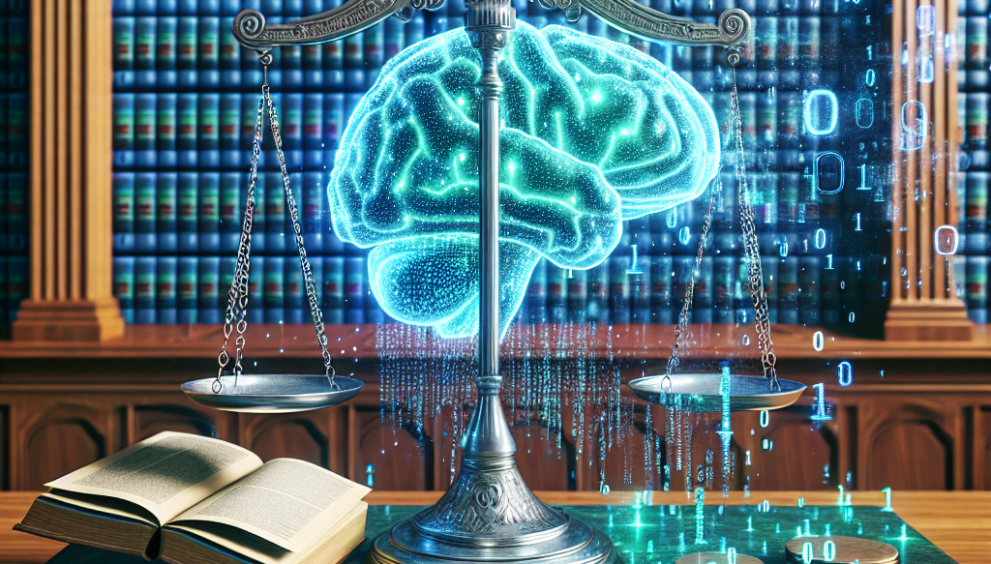
Introduction
The advent of machine learning has significantly transformed various sectors, and the legal field is no exception. In the realm of litigation, machine learning is reshaping traditional strategies, offering unprecedented tools for legal professionals to enhance their decision-making processes. By leveraging vast amounts of data, machine learning algorithms can identify patterns and predict outcomes with remarkable accuracy, thus enabling lawyers to craft more informed and effective litigation strategies. This technological advancement not only streamlines case analysis and legal research but also aids in risk assessment and resource allocation, ultimately leading to more efficient and strategic litigation practices. As machine learning continues to evolve, its impact on litigation strategy is poised to grow, offering new opportunities and challenges for legal practitioners in navigating the complexities of the legal landscape.
Enhancing Predictive Analytics in Legal Cases with Machine Learning
Machine learning is transforming the legal sector by improving how legal professionals predict the outcomes of cases and develop strategies. Here’s how it works and its benefits:
- Data-Driven Predictions:
- Traditionally, lawyers relied on intuition and experience to predict case outcomes. Now, machine learning analyzes historical data to find patterns and predict outcomes more accurately.
- By processing vast amounts of legal data, machine learning can give lawyers better insights into how a case might unfold.
- Understanding Case Dynamics:
- Machine learning algorithms can evaluate past court decisions, judge behavior, and even how opposing lawyers perform.
- This helps legal teams understand the strengths and weaknesses of a case, allowing them to create more effective strategies and anticipate challenges.
- Risk Assessment:
- Machine learning helps lawyers assess the probability of different outcomes, allowing them to advise clients on the risks and benefits of litigation.
- This is especially helpful in high-stakes cases, where clients need to make informed decisions about whether to settle or go to trial.
- Proactive Legal Strategy:
- Instead of reacting to events during a case, machine learning helps legal teams anticipate potential issues before they arise.
- By identifying challenges early, lawyers can address them proactively, saving time, reducing costs, and increasing the chances of success.
- Efficient Resource Allocation:
- With a better understanding of which areas of the case are most likely to impact the outcome, lawyers can focus their efforts on the most critical aspects.
- This helps optimize the use of time and resources, benefiting both the client and the law firm.
- Challenges to Overcome:
- One major concern is the quality of the data used to train machine learning algorithms. Poor or incomplete data can lead to inaccurate predictions.
- Lawyers must ensure they have access to accurate, comprehensive data for machine learning tools to be effective.
Automating Document Review and Discovery with Machine Learning
Machine learning is transforming the legal industry, especially when it comes to automating document review and discovery in litigation. Here’s how this technology is making a difference:
- Time and Cost Savings:
- Traditional Process: Legal teams used to spend hours manually reviewing thousands of documents to find relevant information, which was time-consuming and expensive.
- Machine Learning Solution: Machine learning can automatically scan and sort documents, dramatically reducing the time and cost involved.
- Improved Accuracy:
- Traditional Process: Manual review is prone to human error, and important information could easily be overlooked.
- Machine Learning Solution: Machine learning algorithms can analyze large volumes of data more accurately and consistently, ensuring that no critical information is missed.
- E-Discovery:
- Digital Evidence: Today’s litigation often involves vast amounts of electronically stored information (ESI), such as emails, social media posts, and files.
- Machine Learning Solution: Machine learning tools help quickly sift through these digital files, identifying relevant data efficiently and ensuring compliance with legal standards.
- Predictive Insights:
- Historical Data: Machine learning can analyze past cases and data to predict case outcomes, identify strengths and weaknesses, and suggest the best strategies for settlement or negotiation.
- Benefit: This predictive ability helps lawyers make better-informed decisions and improves their chances of success in a case.
- Ethical and Privacy Concerns:
- Challenges: There are concerns about data privacy, security, and the ethics of relying on automated systems for legal decisions.
- Solution: Lawyers must ensure machine learning tools comply with legal and ethical standards, safeguarding client confidentiality and data integrity.
You May Also Like: How Machine Learning is Enhancing Legal Compliance and Risk Management
Improving Case Outcome Predictions with Machine Learning

Machine learning is transforming the legal field, particularly in predicting case outcomes. Here’s how it works and why it’s beneficial:
- Traditional vs. Machine Learning Predictions:
- Traditional Method: Lawyers relied on experience and intuition to predict case outcomes, but this approach was subjective and influenced by biases.
- Machine Learning Advantage: Machine learning uses data to identify patterns and trends from past cases, providing objective and data-driven predictions.
- Data-Driven Insights:
- How It Works: Machine learning algorithms analyze historical case data to predict how similar cases were resolved. This gives a more empirical, fact-based approach to case predictions.
- Improved Accuracy: By using data, machine learning can provide more accurate predictions than human intuition alone.
- Continuous Learning:
- Adapting Over Time: Machine learning models can learn and adapt as they get more data, making them more accurate with each case.
- Tailored Predictions: Algorithms can consider unique case details, like the judge’s rulings or opposing counsel’s history, to make case predictions more precise.
- Efficiency Boost:
- Faster Case Analysis: Machine learning automates the analysis of large datasets, saving lawyers time in research and case preparation.
- Cost-Effective: With faster analysis, legal teams can offer more timely and affordable services to clients.
- Enhancing Litigation Strategy:
- Proactive Strategy: Machine learning can suggest strategies based on predictions, allowing legal teams to be more proactive in their approach.
- Better Resource Allocation: Lawyers can focus on the most promising aspects of a case, rather than getting bogged down in research.
- Advanced Capabilities:
- Natural Language Processing (NLP): Machine learning can also analyze unstructured data, like legal documents and court transcripts, to improve predictions.
- Refining Strategies: The more legal professionals use these tools, the better they become at predicting outcomes and forming strategies.
- Limitations and Ethical Concerns:
- Complementary Tool: Machine learning shouldn’t replace human judgment. It should assist lawyers, who bring the necessary expertise and nuance to a case.
- Data Privacy & Bias: Ethical concerns like data privacy and algorithmic bias need to be managed to ensure fairness in legal decisions.
Streamlining Legal Research with Machine Learning
Machine learning is transforming how legal professionals approach research, making it faster, more accurate, and more effective. Here’s how machine learning is reshaping legal research:
- Faster Processing of Legal Data:
- Speed: Machine learning can analyze vast amounts of legal data much faster than traditional methods.
- Efficiency: Legal teams can quickly access relevant case law, statutes, and precedents, saving time on manual searches.
- Increased Accuracy:
- Minimizing Human Error: Traditional research often involves manual entry and analysis, which can lead to mistakes. Machine learning reduces the risk of such errors by learning from data patterns.
- More Reliable Results: The accuracy of machine learning systems helps lawyers make well-informed decisions, reducing the risk of costly oversights.
- Better Understanding of Legal Language:
- Natural Language Processing (NLP): Machine learning can interpret the complex language of legal documents, uncovering insights that might otherwise be overlooked.
- Deeper Insights: This helps lawyers understand the nuances of cases, craft stronger arguments, and spot weaknesses in opposing counsel’s position.
- Predicting Case Outcomes:
- Data-Driven Predictions: Machine learning can analyze past cases with similar circumstances to predict potential verdicts.
- Strategic Decision Making: These insights help lawyers decide whether to pursue litigation, settle, or try alternative dispute resolution options, offering clients more strategic advice.
- Streamlining the Discovery Process:
- E-Discovery: Machine learning is highly effective in sorting through vast amounts of electronic data (like emails, documents, and files) to identify key information quickly.
- Faster Review: This speeds up the discovery phase and reduces costs by automating document review.
Personalizing Client Strategies Through Data Insights with Machine Learning
Machine learning (ML) is transforming how legal professionals approach litigation, offering new ways to tailor strategies for individual clients using data insights. Here’s how machine learning is reshaping client representation:
- Faster and Smarter Data Analysis:
- Processing Large Datasets: ML can analyze vast amounts of legal documents, case histories, and court records much faster than humans.
- Identifying Trends: This allows legal teams to spot patterns that could impact the case, such as key precedents or trends in court decisions.
- Personalized Legal Strategies:
- Predicting Judicial Behavior: ML can predict how a judge might rule based on past cases, helping lawyers prepare more effectively.
- Understanding Opposing Counsel: By analyzing past cases, ML can also forecast how opposing lawyers might approach a case, enabling better counter-strategies.
- Tailored Tactics: Lawyers can customize arguments and strategies based on this data-driven insight, making their approach more precise and effective for each client.
- Optimizing Resource Allocation:
- Focusing on Key Issues: ML identifies which aspects of a case are most important, so lawyers can focus on those, improving efficiency.
- Reducing Routine Work: By automating tasks like document review and legal research, ML frees up lawyers to focus on more critical aspects of case strategy, saving time and resources.
- Improving Client Outcomes:
- Data-Driven Decisions: With insights from ML, lawyers can make more informed decisions, improving the chances of a favorable outcome for their clients.
- Cost-Efficient Representation: With more targeted strategies and efficient use of resources, clients get more effective and affordable legal services.
- Ethical Considerations:
- Transparency & Accountability: Legal professionals must ensure that the ML models used are fair, transparent, and based on accurate, unbiased data.
- Maintaining Fairness: Data used for ML should reflect the diversity and complexity of the legal system to ensure fairness in outcomes.
Reducing Litigation Costs with AI-Driven Solutions
Machine learning and AI (Artificial Intelligence) are changing how the legal industry handles litigation, helping reduce costs and improve efficiency. Here’s how AI-driven solutions are making a difference:
- Predictive Analytics to Forecast Case Outcomes:
- Better Predictions: AI can analyze historical data to predict the likely outcome of a case (settle or go to trial).
- Cost Savings: By making better predictions, lawyers can avoid expensive, prolonged litigation in cases where the outcome is uncertain or unfavorable.
- AI in Discovery Process:
- Faster Document Review: AI can quickly go through large volumes of documents (emails, contracts, etc.) to find relevant information.
- Cost Reduction: This speeds up the discovery process and reduces the need for costly human labor, cutting overall litigation costs.
- Automating Legal Research:
- Efficiency: AI tools can automatically search for relevant legal cases, statutes, and precedents.
- Time Savings: This frees up lawyers from spending long hours on manual research, allowing them to focus on strategic decisions.
- Improving Document Review and Contract Analysis:
- Risk Identification: AI can analyze contracts and documents for risks, inconsistencies, or non-compliance.
- Reducing Time and Resources: Automating document review in large cases or corporate transactions saves time, lowering the cost of litigation.
- Continuous Learning for Better Results:
- Improved Accuracy: AI systems get smarter over time, learning from data to improve accuracy in tasks like document review and prediction.
- Long-Term Savings: As AI systems evolve, they become even more efficient, leading to further cost savings in future cases.
- Challenges to Address:
- Data Privacy and Bias: There are concerns about data privacy and the risk of bias in AI systems.
- Need for Human Oversight: Legal professionals still need to ensure that AI tools are used ethically and with human oversight.
Conclusion
The impact of machine learning on litigation strategy is profound and multifaceted, transforming how legal professionals approach case management, evidence analysis, and decision-making. Machine learning algorithms can process vast amounts of data quickly and accurately, enabling lawyers to identify patterns and insights that would be difficult to discern manually. This technology enhances predictive analytics, allowing legal teams to assess the likely outcomes of cases and tailor their strategies accordingly. Additionally, machine learning aids in e-discovery by efficiently sorting through large volumes of documents to find relevant information, thus saving time and reducing costs. However, the integration of machine learning also raises challenges, such as ensuring data privacy, addressing biases in algorithms, and maintaining the ethical standards of the legal profession. Overall, while machine learning offers significant advantages in terms of efficiency and strategic planning, it requires careful implementation and oversight to fully realize its potential benefits in litigation.

































